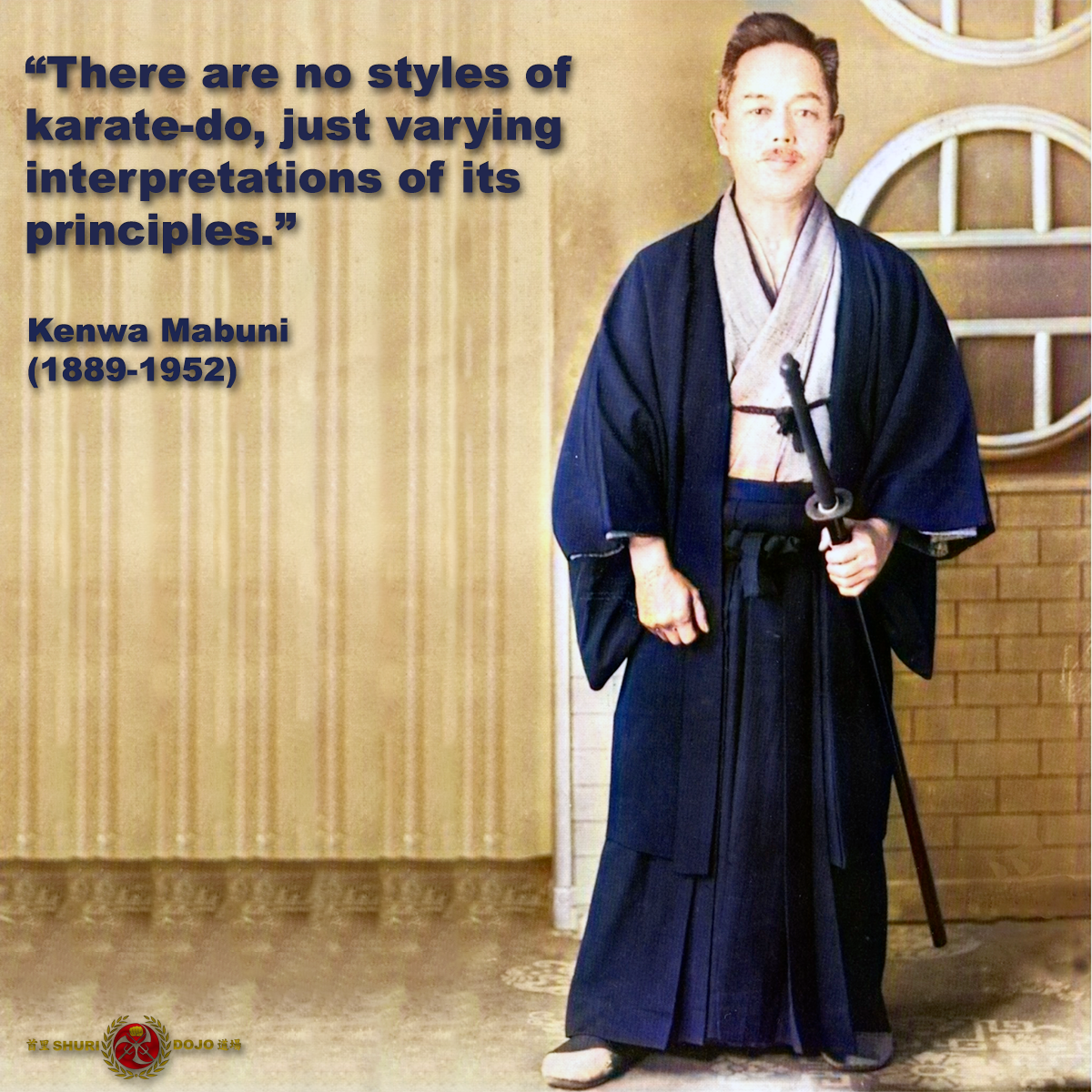
Creating your own style of martial art.
.
Why is this frowned upon? What makes us any different from the old masters? Didn’t they spend time with several teachers and then after a time, “go out on their own”?
.
Understanding our lineage, and the traditions that have been passed down over generations is of course very valuable and meaningful, but sometimes, remaining too faithful to tradition can be a problem.
.
You need to innovate to keep tradition going. At times, blindly following tradition can lead to staleness. I believe that protecting our tradition is to go forward. The part you protect and the part you innovate has to move in parallel. Otherwise, a hundred years from now, we will still be exactly the same.
.
I have heard people say; “but it’s just made up”. Well yes, of course it is. Isn’t everything in the beginning? Everyone will be influenced by somebody or something that maybe is not practiced within your ‘style’. We learn from our experiences after-all. But it’s not made-up in the sense that it isn’t real.
.
Ultimately karateka who put in the training hours with the right teachers and mentors, end up ‘doing their own things’ anyway.
.
While different approaches may exist within ‘styles’, the actual divisions between them can be quite minor. In the end it is still karate. Different styles merely serve to generally help others understand the origins or foundations of a person’s approaches.
.
To do your ‘own’ karate means that you have internalized what you have learned and in that sense it’s a part of you; you have made it your own. This does not necessarily mean that you are doing a different ‘style’ to your teacher(s), or doing something ‘new’.
.
Those black-belts that just simply teach punching and kicking, repeated year after year, simply do not have the underpinning knowledge or skill set to create the new. Nor really do they necessarily have a qualification, or the competency to teach anything new. Observing some instructors analyze kata or build a new syllabus is an example of this. Often you can identify people who have decades of training, good physical skill sets (also some that don’t), and senior grades, but lack the knowledge and ability to effectively take what they have learned to a different level. Not only because they do not truly understand the context, but also because they do not have the awareness, experience or understanding of the principles that are required to shape a new approach.
.
If we were to take all the accumulated martial knowledge in the world and put it into a single library, I doubt if anyone today is creating a technique or a principle that has not been previously explored (although not necessarily shared). An analogy of this maybe the question; “Do we need to add any additional letters to the English Alphabet?” The answer of course is…. no. But, can we convey something unique that has never been expressed using that alphabet?…Then, yes. The same idea would be true for a martial system. New martial systems are not adding moves or techniques that have never been created before, but rather repackaging techniques, strategies, concepts and principles in a unique and different way.
.
Most martial arts developed in the last couple of hundred years are merely adaptations of other effective martial arts. With modern equipment, and understanding of kinesiology, physics, and other sciences, you’ll find that we know what really works and what doesn’t.
.
Therefore, create, not just to create a new style….. but to stand on the shoulders of those who came before us….. if only to view your own unique path. The Japanese concept of “Shu-Ha-Ri” (守破離) is there for a purpose.![]()
![]()
.
“There are no styles of karate-do, just varying interpretations of its principles.” – Kenwa Mabuni (1889-1952)
